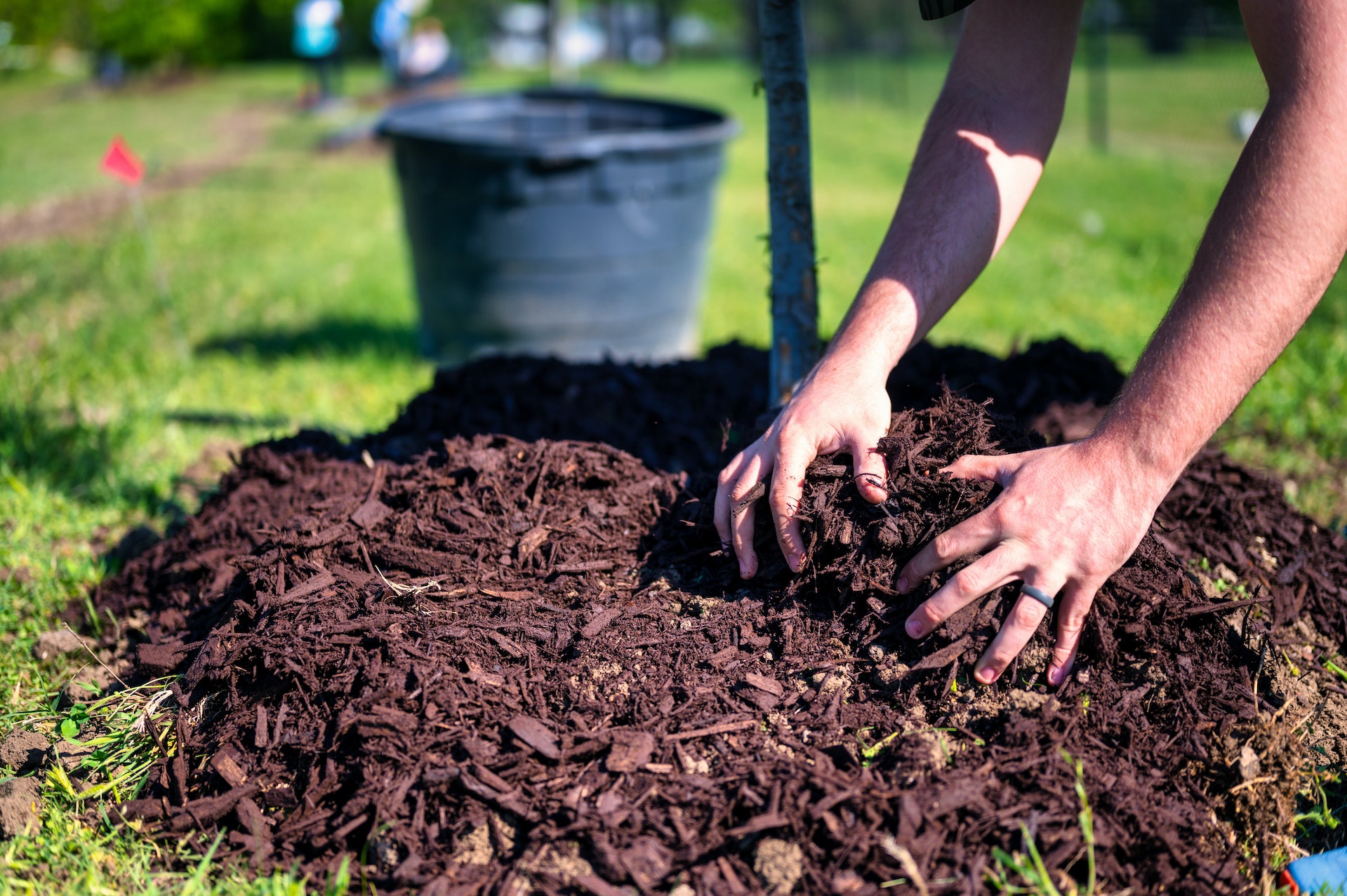How to Improve Soil Health Naturally in Your Garden

Imagine your garden as a bustling city. The plants are the citizens, and the soil? Well, that's the foundation, the infrastructure that supports everything else. Just as a city needs healthy infrastructure to thrive, your garden needs healthy soil. But how do you improve soil health naturally? Let's dive in and explore some tried-and-true garden tips.
Understanding Soil Health
Before we get our hands dirty, let's understand what we mean by soil health. It's not just about dirt; it's about the complex ecosystem teeming with life beneath your feet. Healthy soil is rich in organic matter, has good soil fertility, and is home to countless beneficial microorganisms.
The Power of Composting
What is Composting?
Composting is nature's way of recycling. It's the process of breaking down organic waste—like food scraps and yard trimmings—into a nutrient-rich humus that your soil will love. Think of it as feeding your garden a hearty, homemade meal instead of fast food.
How to Start Composting
Ready to start composting? It's easier than you think. Here's a simple guide from the Environmental Protection Agency. You'll need a compost bin, some browns (dead leaves, branches, twigs), some greens (grass clippings, vegetable waste, fruit scraps, coffee grounds), and water. Layer your greens and browns, add water, and turn the pile every few weeks. Before you know it, you'll have nutrient-rich compost to add to your garden.
The Magic of Mulching
What is Mulching?
Mulching is like giving your garden a cozy blanket. It's the process of covering the soil with a layer of material, like wood chips, straw, or leaves. This helps retain moisture, suppresses weeds, and regulates soil temperature. Plus, as the mulch breaks down, it adds more organic matter to your soil.
How to Mulch Effectively
Mulching is simple. Just spread a 2-4 inch layer of mulch around your plants, keeping it a few inches away from the stems to prevent rot. The University of California's Agriculture and Natural Resources department offers a great guide on mulching for different plant types.

Encouraging Beneficial Microorganisms
Healthy soil is alive with microorganisms—bacteria, fungi, protozoa, and more. These tiny helpers break down organic matter, improve soil structure, and even fight off plant diseases. To encourage them, focus on adding plenty of organic matter to your soil and minimizing the use of chemicals that can harm them.
Cover Crops: Soil's Unsung Heroes
Cover crops, also known as green manure, are plants grown specifically to benefit the soil. They help prevent erosion, improve soil structure, and add organic matter. Some, like legumes, even add nitrogen to the soil. The USDA's Natural Resources Conservation Service offers a wealth of information on cover crops.
The Role of Crop Rotation
Crop rotation is like a merry-go-round for your garden. It involves planting different types of crops in different areas of your garden each year. This helps prevent the depletion of specific nutrients and can disrupt the life cycles of pests and diseases.
Testing and Amending Your Soil
To truly understand your soil's needs, consider getting a soil test. This will tell you the pH and nutrient levels of your soil. Your local cooperative extension service can help with this. Based on the results, you can amend your soil with specific nutrients it needs, like nitrogen, phosphorus, or potassium.

Conclusion: Your Garden's Journey to Healthier Soil
Improving soil health naturally is a journey, not a destination. It's about feeding your soil, not just your plants. It's about working with nature, not against it. By composting, mulching, encouraging beneficial microorganisms, planting cover crops, rotating your crops, and testing your soil, you're well on your way to a healthier, happier garden.
So, are you ready to roll up your sleeves and dive in? Your garden is waiting, and remember, every small step you take towards healthier soil is a step in the right direction. Happy gardening!
FAQs
How long does it take to improve soil health naturally?
- The timeline can vary greatly depending on your starting point and the methods you use. However, you can often see improvements in just one growing season.
Can I use kitchen scraps for composting?
- Yes, many kitchen scraps are excellent for composting. However, avoid meat, dairy, and oily foods, as these can attract pests and cause odors.
What's the best mulch for vegetable gardens?
- Straw, grass clippings, and shredded leaves are all great choices for vegetable gardens. They break down quickly, adding nutrients to the soil.
How do I know if my soil is healthy?
- Healthy soil is dark, crumbly, and full of life, with plenty of earthworms and other organisms. A soil test can also indicate nutrient levels and pH.
Can I improve soil health naturally in potted plants?
- Yes! You can add compost to your potting mix and use organic fertilizers. Also, ensure your pots have good drainage to prevent waterlogging.
0 Response to "How to Improve Soil Health Naturally in Your Garden"
Post a Comment